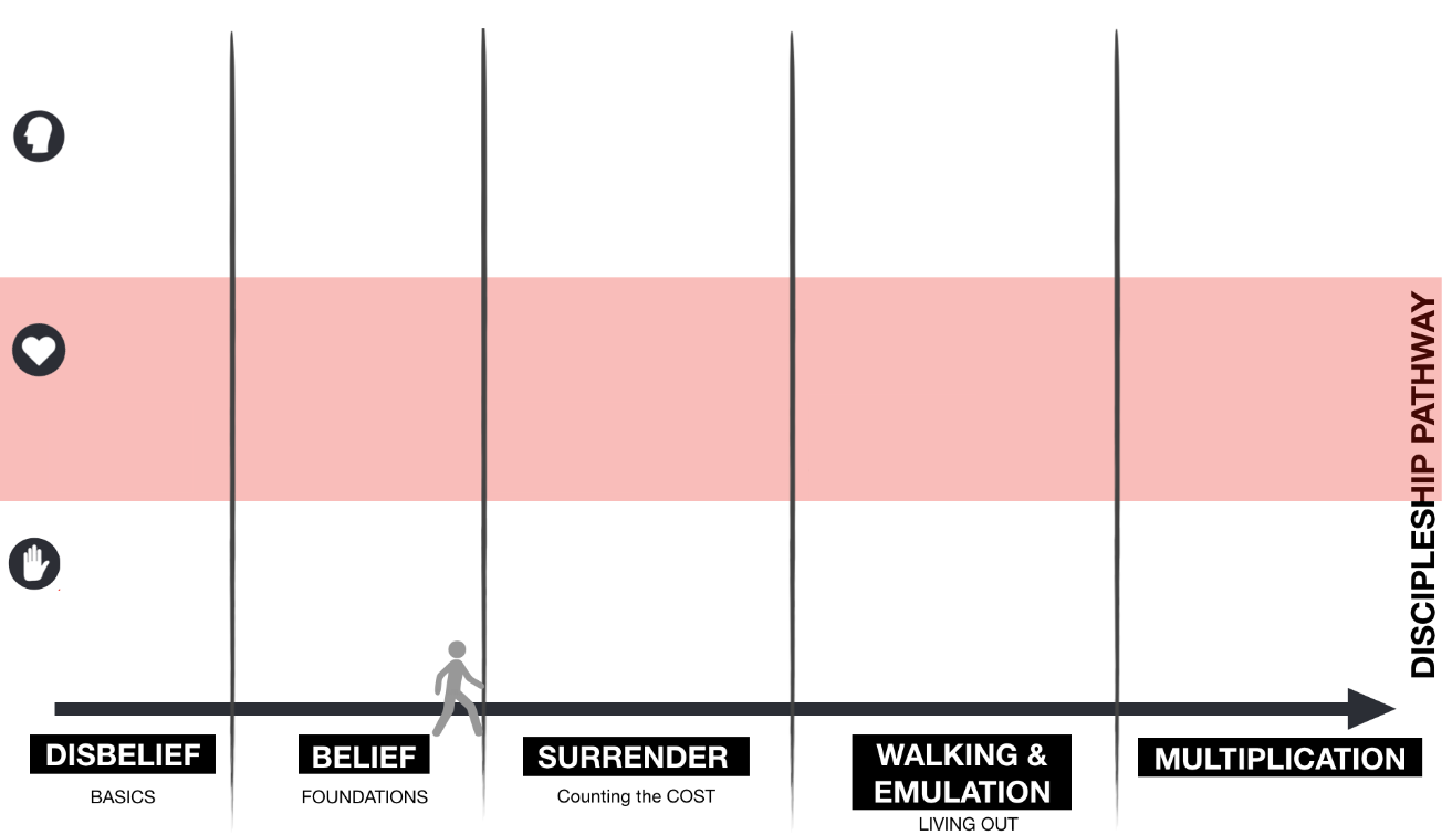
Do you have a discipleship pathway in your church?
What is a Disciplehsip Pathway and why should we have one? Thats a great question.
Making Disicples
What is a Discipleship Pathway and why should we have one? That's a great question.
A discipleship pathway in a church serves several vital purposes.
It provides a framework to guide people's spiritual growth and development, helping them deepen their relationship with God. It makes discipleship the strategic plan for your community. Discipleship does not simply happen by osmosis but needs to be intentional to guide people on their journey. It also helps a church see where people are being developed and what is next for them.
This discipleship pathway needs to be fully embedded into the church's life; it becomes the DNA. It must affect the preaching, small groups, lent courses, youth work and children’s church programs. It needs to be
dropped into the church language and inform the intentional culture of the community. It should also inform the mission activity of the church, being evident to those outside the church. The most effective discipleship
pathways are the ones that become a movement in the church and not just an organisational tool.
Simply put:
A discipleship pathway is a road map for a church in how we might go about taking people from no faith through to being confident disciples who make other disciples.
A discipleship pathway is a simple journey of faith with clear stages of growth that calls everyone to the next stage of faith.
You might have your own language for the critical steps on this pathway that fit your context. At Making Disciples, we recognise that there are five basic stages on the discipleship journey.
Stage one: Disbelief to Belief - the first stages of coming to faith and the building blocks of early faith.
Stage two: Belief to Surrender - Accepting Jesus and starting to give every area of your life to him.
Stage three: Surrender to Walking and Emulation - Here, we are starting to do the things we see Jesus doing in the Gospels and learning to make Jesus the blueprint for our lives.
Stage four: Emulation to Multiplication - Where we start seeing people making other disciples.
Stage five: Multiplication to Movement - Where personal disciple-making is now seeing others doing the same. This is high-level leadership multiplication.
To learn more about Discipleship Pathways then take a look at the tool (here)


